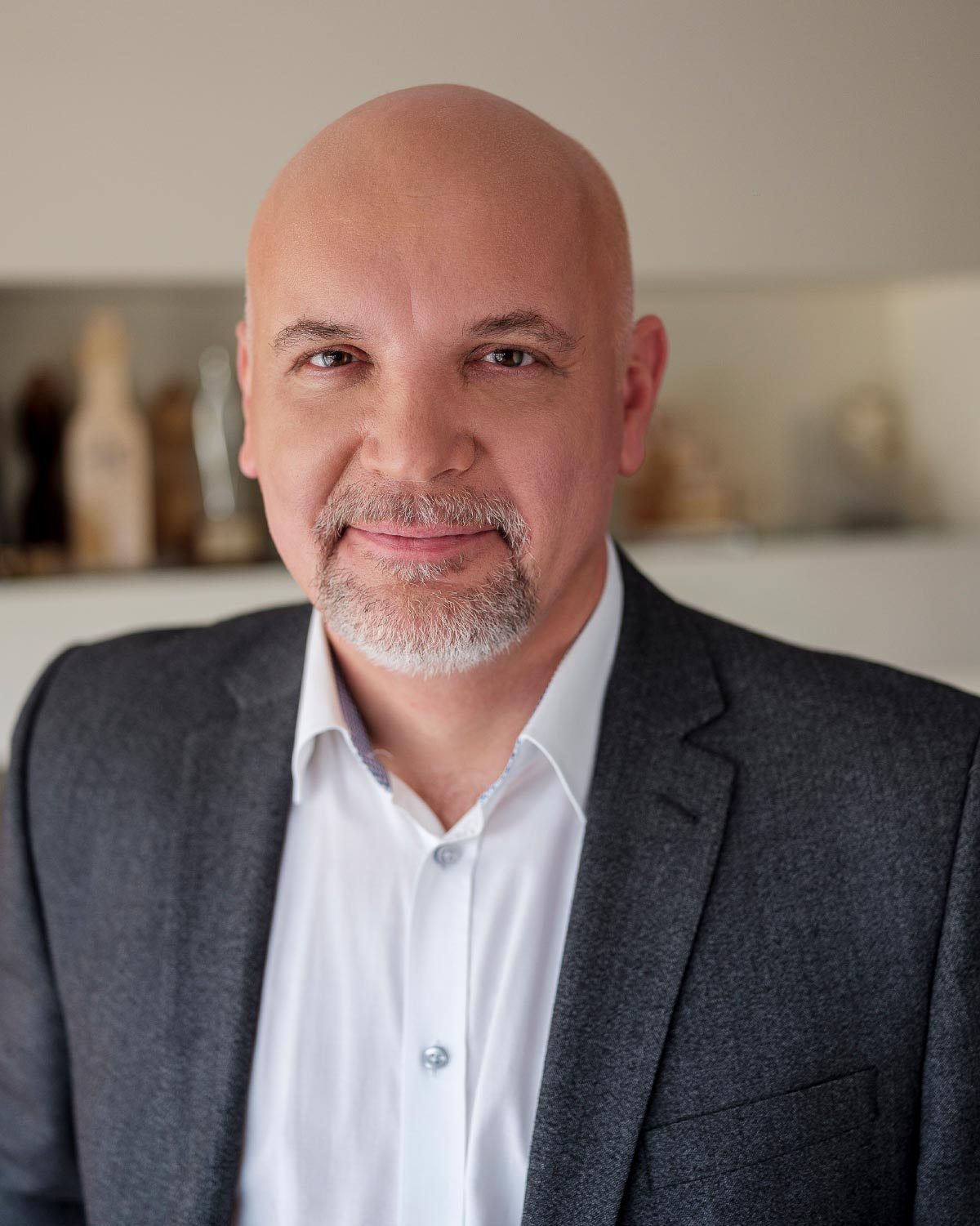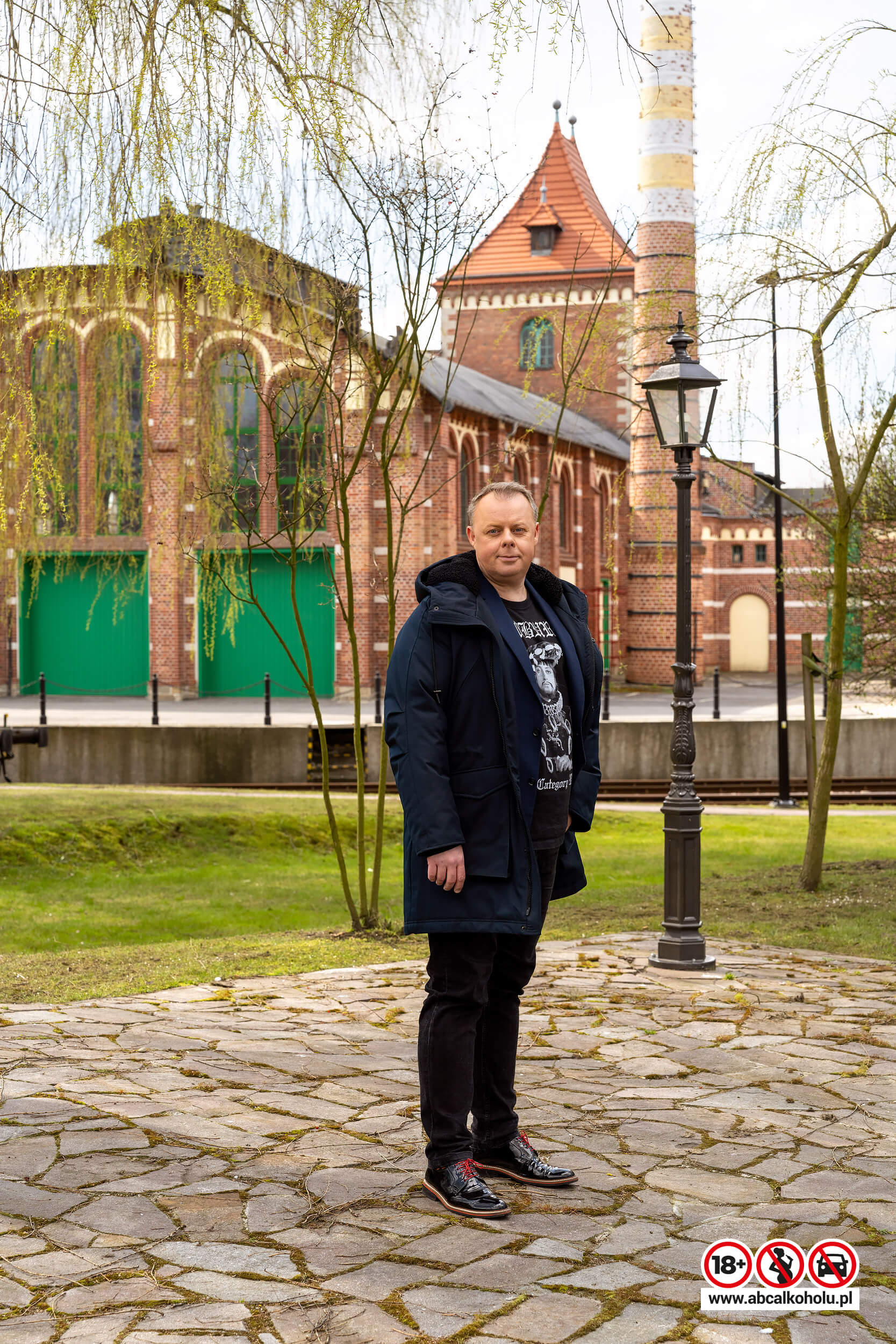Warka is a nice little town, but pretty hermetic. The residents create an enclave. In the early 1980s, my wife and I wanted to move to a more open community in the city. That's when I sent a letter to the director of Tyskie Browary Książęce, and he offered both me and my wife a job. I started as a Shift Manager. I worked in three shifts. I reported to the head brewer, i.e. Deputy Technical Director. The first shift had fewer tasks and involved more technological work. However, during the second and third shifts, the Shift Manager oversaw the entire brewery. The brewery also had a malt house, which was active back then. Malt house, brewing, fermentation, aging, and bottling. I had to assign work in the malt house, supervise the brewhouse and fermenting cellar, check the production quality in the brewery. Each batch had to be personally inspected - checking for quality, correct wort concentration, good taste, and quantity. It was also part of my duties to monitor the temperature and refrigeration settings in all fermentation tanks, and there were quite a lot of those.
When I started working there, they were brewing the Książęce beer, which returned to the
market in 1983-1984. Why was it unavailable before? Because the labels and the name
contained the word 'Książęce', translated as prince or duke, and during the times of the
People's Republic of Poland (PRL), it was unacceptable to have anything 'princely' or with a
crown on the label. However, right after the Solidarity movements in the early 1980s, both
the crown and the name returned. Apart from Książęce, we also brewed Tyskie, Tyskie Full,
Karolinka and Tyskie Pełne.
In 1987, at the oldest beer festival in Poland - Chmielaki Krasnostawskie - we won medals for our Tyskie beer. Upon our return, we sat down at our Production Director’s office with the Chief Technologist, Deputy Technical Director and Head of Quality, who lived on the Gronie Hills located between Tychy and Mikołów. A hundred years ago, the duke sourced water from there, as there were wells and water intakes called Gronie, which flowed directly from the hills to the brewery. A colleague suggested, 'What if we named our beer Gronie?' I liked that name. For some, it would evoke the idea of playing football, for others, maybe some hills. The associations could vary, and such names are catchy. Indeed, Tyskie Gronie was a catchy name, and the water sourced there is among the best for brewing. Today, those wells do not provide us with sufficient output. Currently, we have 13 wells located about 4 kilometers from Tyskie Browary Książęce, and the water is piped to the brewery. We have our own excellent water from deep wells. Tyskie Gronie was the first beer I felt connected to.
We were producing a lot of beer. Two-thirds of the volume was sold in barrels. Most of it in what we called 'dubels', which were 200-liter oak barrels. Later, tankers appeared. And that was the way it was until 1996.
Between 1989 and 1991, there were rapid and significant changes - political, economic, and social. The Brewing Industry Union dissolved, and we formed a state-owned company representing the employees' interests, comprising two Tychy-based breweries – Tyskie Browary Książęce and the Obywatelski brewery. It was no longer the Union that either provided or essentially took away funds; now, we managed the funds ourselves. Three employee representatives sat on the supervisory board. I participated in the first and third terms. We were seeking a strategic buyer, but there were few investors in those times, especially considering that Żywiec and Okocim were designated as export breweries during the People's Republic of Poland.
The brewery in Tychy was meant to produce beer for Silesia, catering specifically to miners. Practically, we could sell it within a 20 km radius. To distribute beer beyond Silesia, we needed permission from the Central Committee. It was interesting because mines owned numerous holiday homes by the sea, and the miners vacationing there wanted to drink Tyskie. The mines had to request permission from the Central Committee, and only then our beer was transported to a specific resort.
Back then, Tyskie Browary Książęce had the capacity to brew over 800,000 hectoliters of beer, but we were operating within the range of 600-650 thousand hectoliters. We could not sell the beer, even though there were kilometer-long queues of people at the brewery. I was involved in production, not distribution, and I simply could not understand why we were unable to sell it. When deliveries reached stores, the beer was sold out within an hour or two. You could not buy beer in stores; we could not sell it – quite a miracle. [laughs]
However, good times eventually came, and we were able to manage ourselves. This marked a rapid development of the brewery. Another interesting story contributed to this. Our director was at a trade fair in Berlin and met with the director of Ottakringer Brauerei from Vienna. They proposed that, under a license, we could brew Viennese beer called Gold Fassl in Tychy. Our director liked the idea, so we made it happen. I went to Vienna for a two-week training, and I was captivated by the brewery and the technology I found there. At that time, our technology was similar to what was used just after World War II or even before. The collaboration with the Austrians coincided with the purchase of our first modern Huppmann brewhouse. We bought the first cylindro-conical tanks, a beer filtration line, and the first bottling line from Simonazzi. This gave us such production capacity that by 1996, we were producing 1.5 million hectoliters of beer, mainly Tyskie Gronie and Tyskie Książęce. In addition, our portfolio included dark and strong, medicinal Porter beer, Jan III Sobieski, and many other brands. Then, an investor emerged - SABMiller, who ensured what we lacked: marketing and modern sales methods.
Thanks to marketing and our sales forces, Tyskie saw such a huge boom that we struggled to keep up with production and brewery development. In 2008, we reached our peak, nearly 7 million hectoliters of beer. Meanwhile, we added two more Huppmann brewhouses, expanded our fermentation and aging cellars, and even before 1996, we started building a bottling hall and warehouses across the street, opposite the brewery. You could say that SABMiller came in when everything was well set up, and then they just expanded upon that.










